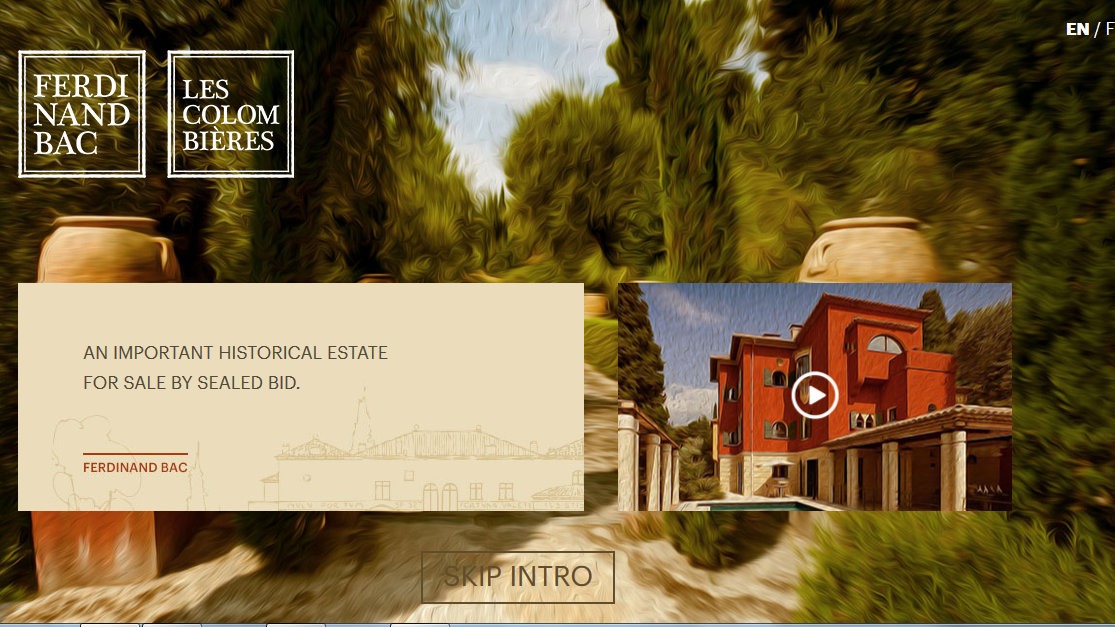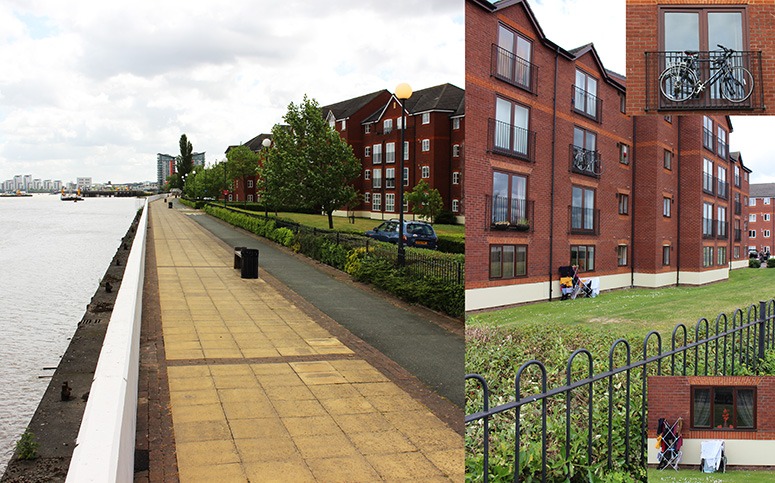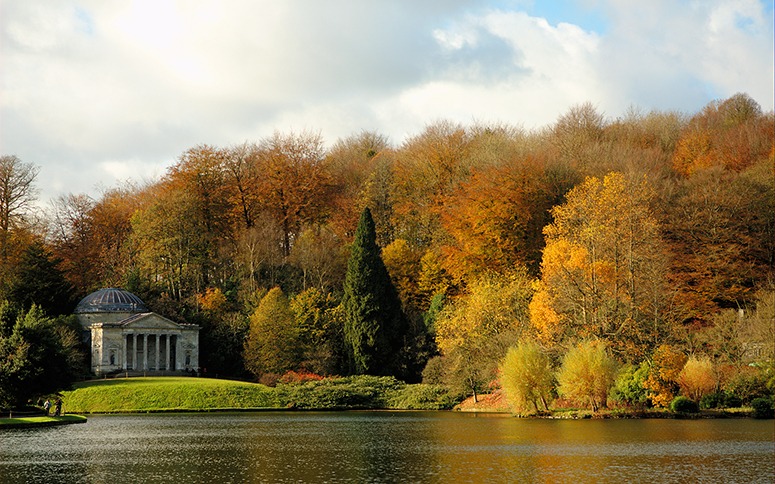Holding a box containing the signatures of 36,795 Londoners, including mine, Mayor Boris Johnson’s Cycling Advisor, Andrew Gilligan, states on this video that ‘I think we more or less agree about policy. The only disagreement is about timing’. WELL: if he was speaking to me then he agrees that cycling should receive 35% of London’s transport for at least the next decade, or until the percentage of journeys done by bike increases from 2% to 35%. At present cycling receives 2% of the TfL budget. So my comments are:
Whoopee!
Thank you very much Mr Gilligan!
Category Archives: Garden Design
Free copy of Tom turner's book: British gardens: history, philosophy and design (Routledge 2013)
I like the Goodreads website, though I am a little sorry that Amazon (which I also like) has bought it. If you register an interest in my book on British garden history between 29th November and 14th January they will put your name on a list from which they will choose the recepient of a free copy. Good luck!
Goodreads Book Giveaway
British Gardens
by Tom Turner
Giveaway ends January 14, 2014.
See the giveaway details
at Goodreads.
I have also started Goodreads Groups in which to discuss books on Garden design history and Landscape architecture and planning – with the aims of encouraging the preparation of good reading lists and of stimulating discussion about books.
An opportunity to see, and buy, Les Colombieres garden by Ferdinand Bac
Ferdinand Bac (1859-1952) was a nephew of Napoleon, a cartoonist, a writer, a garden designer and an important influence on the great Luis Barragan. Les Colombieres, Bac’s villa in Menton, is up for sale by sealed bid and, if you are lucky enough to own a few oil wells and copper mines, may be a snip. For a video of the house and garden see http://www.les-colombieres.com/. It was made between 1918 and 1927, as the Art Deco movement was evolving into high modernism,
Kongjian Yu – landscape architecture as an art of survival
I have praised Kongjian Yu’s work before and much enjoyed his lecture to the HGSD (above). I particularly like his advice to ‘make friends with the flood’ and to design for the ‘integration of contemporary art and ecology’. But I am having doubts about my call for him to be appointed Chief Technical Officer to the The Ministry of Housing and Urban-Rural Development 住房和城乡建设部. For sure, he would be very good at the job – but the landscape architecture profession has greater need of him.
It is bad mannered of me to criticise Kongjian after he quotes me in his lecture, but there are two historical points I would like to correct. First, the history of landscape architecture in east and west can be traced back for thousands of years – though its name is but 185 years old. Second, the planning of western gardens and parks ‘for ornament’ dates from c1700 and is now in decline. Older parks and gardens were always planted for food.
So here is an invitation: next time Kongjian Yu is in London I would be delighted to show him round my local park and the new building for the University of Greenwich Department of Landscape Architecture. Greenwich Park was designed in 1660 primarily for food production – and it still produces a large quantity of food, much of which is collected by ethnic Chinese. So it is very appropriate that the roof of the new school has the production of food as one of its main design aims: it will be used for research into the use of living roofs for food production and other sustainable purposes.
Useful info for the mayor and leader of Royal Greenwich Borough Council
Dear Councillor Angela Cornforth and Councillor Chris Roberts
Respectfully, I draw the following points to your attention:
- You were elected to represent the people of Greenwich
- The people you represent do not want to pay for mowing useless grass
. They prefer gardens.
- The people you represent wash their clothes. After that, they want to dry them – but not in a communal space (inset photo, bottom right)
- The people you represent ride bicycles. They and do not want them to be stolen and they do not want to hang them from the Juliet balconies you have allowed to be built (inset photo, top right).
- Your council’s riverside path is 36 feet wide (=10,973m). It has hardly any users. This is a waste of land. The heavily used riverside footpath in Maritime Greenwich is called the Five Foot Path and is 5′ = 1.524m wide.
- The buildings your council allowed to be built c1995 look like relics of the 1930s with double glazing. I believe Councillor Roberts was in charge of Planning at that time. Past errors should be rectified
- Your council still employs a lot of town planners. They have powers which could be used to secure good urban and landscape design. Since they continue to permit unustainably bad urban landscape design, you should sack them.
The reason your Council should have landscape architects on its staff is not to do design work. It is to ensure that planning applications have appropriate landscape conditions attached to them – so that public goods can be secured through the planning process. The town planners who do this work at present do not have the necessary skills in design, construction, planting or the social use of small outdoor space in urban areas. Think about it: if either of you has a heart attack, do you want a gynecologist to look after you? If your car needs to be repaired, would you take it to a vet? If your house has subsidence, would you cal for a decorator? I guess not, so why not employ landscape architects for landscape architectural work?
Yours truly
Tom
Stourhead Landscape Garden in autumn with Radio 4, Eddie Mair and Alan Power
Let’s hope Eddie Mair returns to Stourhead with a determination to understand its importance as a work of art.




